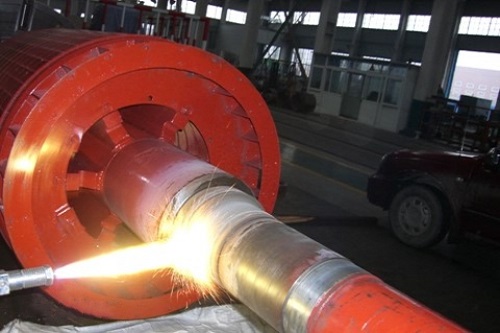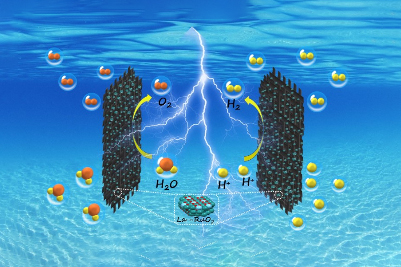What is Stabilized Zirconia?
Why Use Stabilized Zirconia Instead of Pure Zirconia?
Stabilized Zirconia is widely used in the ceramics industry. Pure zirconium oxide undergoes a phase transformation from monoclinic to tetragonal and then to cubic when temperature changes: monoclinic (1173 °C) ——> tetragonal (2370 °C) ——> cubic (2690 °C) ——> melt.
The volume will change during the phase transformation. The transition from tetragonal to monoclinic will lead to about 9% volume increase, which will lead to cracks for the ceramics.
To solve this problem, stabilization of the cubic polymorph of zirconia over a wider range of temperatures is needed. The process is accomplished by the substitution of some of the Zr4+ ions (ionic radius of 0.82 Å) in the crystal lattice with slightly larger ions, e.g., those of Y3+ (ionic radius of 0.96 Å). The newly formed materials are stabilized zirconia.
The most common stabilizer includes calcia (CaO), magnesia (MgO), ceria (CeO2), alumina (Al2O3) or hafnia (HfO2).
Stanford Advanced Materials offers several different stabilized zirconia powders in bulk quantity for the ceramics industry as below:
Yttria Stabilized Zirconia
Alumina Stabilized Zirconia
Calcia Stabilized Zirconia
Cerium Stabilized Zirconia




